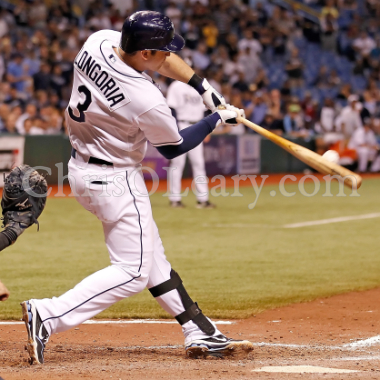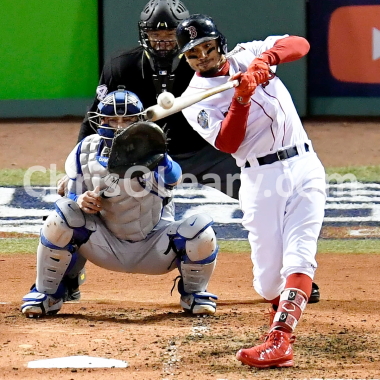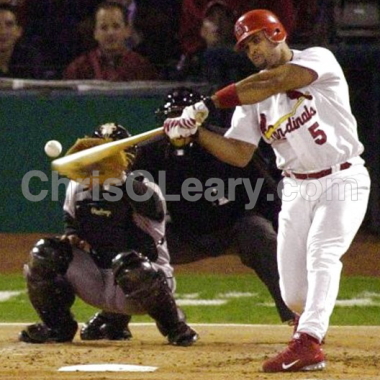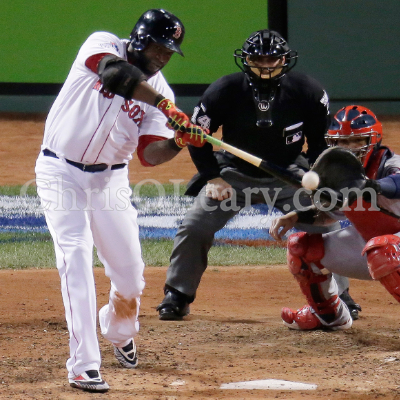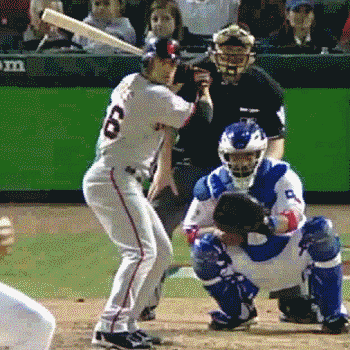| ChrisOLeary.com |
| ChrisOLeary.com > BUY > Hitting > Linear vs. Rotational Hitting |
|
Linear vs. Rotational HittingWhat is the key difference between Linear vs. Rotational Hitting? Despite that being a by now ANCIENT question, it's as relevant as ever. Let me explain where I fall with respect to that argument and why. RealityWhat else would you call this? Besides Rotation? Andres TorresI first put this piece together a few years ago. Since then, I have had the opportunity to work with a number of minor and major league hitters. As it turns out, two of these hitters, one of whom was Andres Torres, had problems that were directly related to the most important differences between Rotational Hitting and Linear Hitting. And Torres himself has credited to concept of Rotation as being the one that was the biggest contributor to his success. I know about training, but hitting was difficult. And then in ’08... There’s a guy called Chris O’Leary (a St. Louis fan who kept online flipbooks breaking down Pujols’ swing). He’s online. He talks about Rotation. He's got video examples of Pujols, and I watched those. As a result, I've updating this piece to reflect what I've learned over the past seven years of helping hitters get to the major leagues. After the 2007 season, Torres remained stuck in AAA, and he knew something had to change. With the help of Chris O'Leary, a private hitting coach, he began looking at all the video he could find on hitters he admired, starting with Albert Pujols. He saw the way they generated power by rotating through the pitch. Stride Vs. CoilOne oft-proposed candidate for the key difference between Rotational Hitting and Linear Hitting is the stride; that Linear Hitters stride and Rotational Hitters don't. However, in my experience that largely just reflects how Rotational Hitting is taught by Mike Epstein and his instructors. When I teach Rotational Hitting, except for when I temporarily remove the stride during a drill, I'm expecting my hitters to take a stride, even if it's just a small one. Why? Ted Williams employed a stride. Not a big stride, but a stride nonetheless. 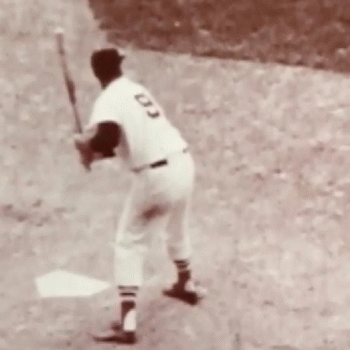
Ted WilliamsI will say that my experience with Tommy Pham clarified for me the problems with Over-Striding and Lunging, two problems that are more likely to affect Linear Hitters. They also helped me understand why Ted Williams kept his stride short. However, that experience has also taught me that completely eliminating the stride isn't the correct solution to the problem. The high-level swing is BOTH Linear and Rotational. As my experience with Mark Trumbo taught me, to make a swing work at the highest levels, it's better to teach hitters about concepts like Adjustability and Timing, not make their swings purely Rotational. Roberto ClementeWhile Roberto Clemente is often regarded as a protypical Linear Hitter, I see overlaps between his swing and the swing of Ted Williams. 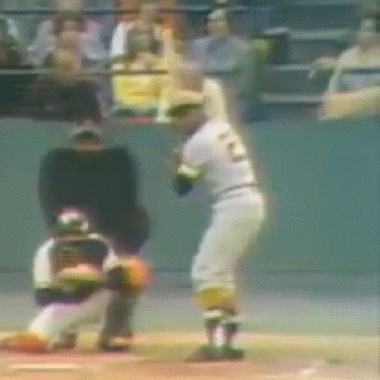
Roberto ClementeWeight Transfer or ShiftAnother candidate for the difference is the weight shift. What I have found is that, at the major league level, all good hitters achieve some weight shift during their stride. The degree may vary, but there's still some weight shift. In good hitters. Even Ian Kinsler, who is as close to a true no-stride hitter as you are going to find, has some weight shift. However, in working with Tommy Pham, I came to understand a problem with how many teach Linear Hitting and the weight shift; it can cause a hitter to Bleed Off Power and create a problem with Warning Track Power. The origin of the problem goes back to Charley Lau and his belief that... A hitter’s power originates from a good weight transfer. Large linear weight shifts can be problematic because they can reduce a hitter's adjustability. However, if a linear weight shift is your only source of power, and you try to reduce it to improve your adjustability, then you will have the same problem Tommy Pham had... When I got rid of my stride, all of my power went away. What I had to do was teach him the multiple problems his big, linear weight shift was creating; reducing his adjustability and creating problems with his lower body, which killed his ability to hit for power and average. Following Ted Williams' advice, we took out some of his weight shift and put in what I call Coil. Power SourceAnother candidate for the difference between Rotational Hitting and Linear Hitting is the primary source of power. Teachers of Rotational Hitting tend to focus on the hips and core as the primary source of power. The point of Rotational Hitting is to teach the batter to swing the bat with their entire body, and in particular the muscles of the upper legs, hips, and torso. In contrast, as a result of their efforts to simplify the hand path, teachers of Linear Hitting tend to focus on the arms, hands, and wrists as the primary source of power. Teachers of Linear Hitting tend to focus on the hands as the power source. They want to keep the hips closed into foot plant so that the front shoulder doesn't fly open and the hitter doesn't pull off the ball. When I look at the swings of the best hitters, what I see are swings that are much more consistent with the Rotational Hitting model; hips that open into Foot Plant. What makes this possible is understanding concepts like Separation, Timing, and Adjustability. Hand PathThe most significant difference between Rotational Hitting and Linear Hitting is the hand path. In a Rotational swing, the hands follow a Curved Hand Path. 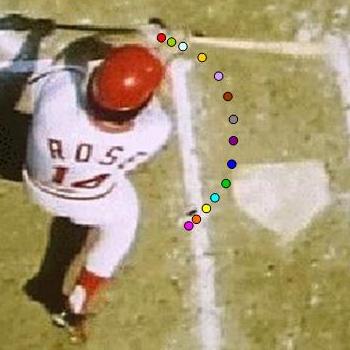
Curved Hand PathIn a Linear swing, the hands follow a much straighter path. 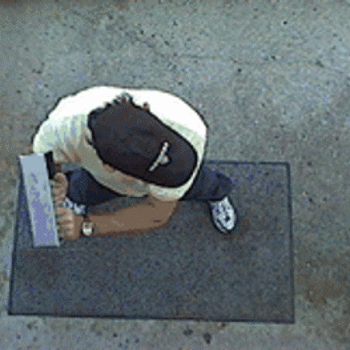
Linear Hand PathIn my experience, it's not possible to be successful at the major league level with a Linear hand path. Two of my clients came to me with Linear hand paths and both had to change their hand paths in order to stick at the AA and AAA levels, much less the major league level. The problem with a Linear hand path comes down to adjustability; to succeed at the major league level, you must be able to make Z-Axis Adjustments to the pitch, and that's impossible with a Linear hand path. It's Not An Even TradeLinear Hitting instructors think they can replace the power of the body with the power of the arms, hands, and wrists. However, the fact is that it's not an even trade. The relative size of the muscles involved is very different, which means that linear hitters have to sacrifice much of their power. That isn't a huge problem at the lower youth levels, and sometimes beyond if a hitter is particularly fleet of foot, but it still tends to cause linear hitters to top out at the high school level. Linear Is Not a Straw ManSome say that nobody actually teaches Linear Hitting; that it is a straw man that was invented in order to sell Rotational Hitting. However, the fact is that many people still teach Linear Hitting and use that term, or similar ones, to describe what they teach. For instance, Don Mattingly teaches a linear hand path and advocates taking the hands directly to the ball. In my opinion, that is the definition of Linear Hitting. There are also cues like...
...that, intentionally or not, will result in a linear hand path. In SummaryAt the end of the day, Linear Hitting means...
In contrast, Rotational Hitting means...
Those are the two key distinguishing factors between Rotational Hitting and Linear Hitting. My ExperienceThe biggest thing that was holding back my highest-level client, Andres Torres of the San Francisco Giants, was that he was taught a linear hand path. This worked for him all the way up through the AA level, in large part due to his incredible speed, but it stopped working for him at the AAA level. Over the years I helped him move to a more Rotational approach, using Albert Pujols as his model. As a result, he saw dramatic improvements in terms of both his average and his power. That is why I teach Rotational Hitting and think you should, too. |
| about | contact | copyright | sitemap | liability policy |

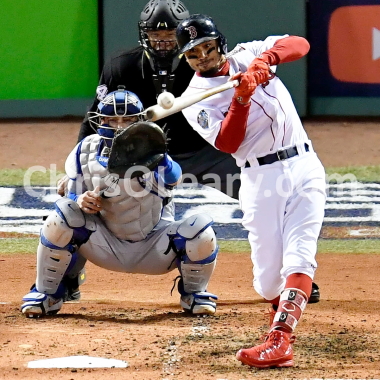 The
differece between Linear Hitting and Rotational Hitting comes down
to a number of opposite pairs: Stride and Weight Transfer or Weight
Shift versus Coil, the Hips Open versus Closed, and the Hand Path. I
teach
The
differece between Linear Hitting and Rotational Hitting comes down
to a number of opposite pairs: Stride and Weight Transfer or Weight
Shift versus Coil, the Hips Open versus Closed, and the Hand Path. I
teach 